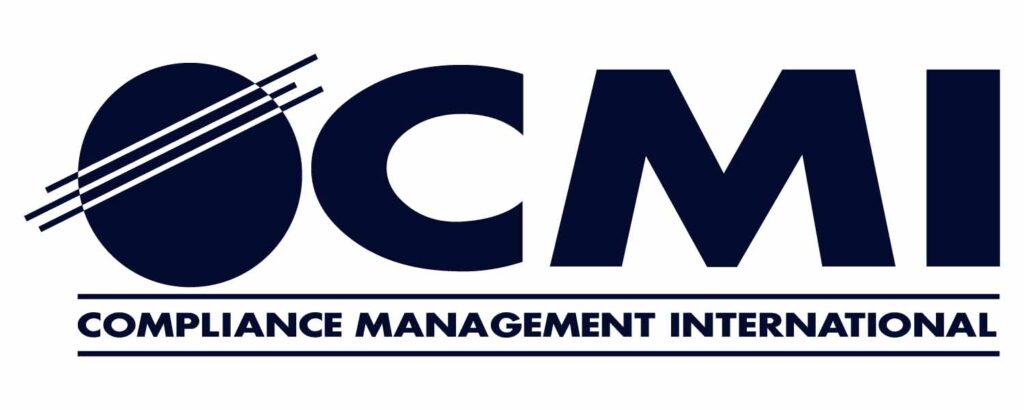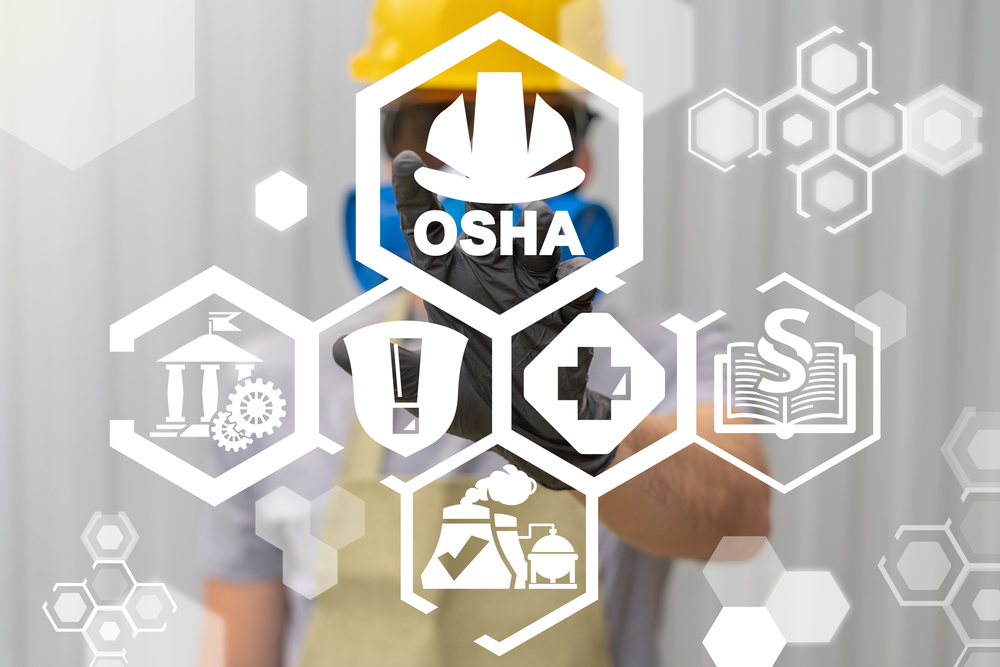In today’s business landscape, organizations are increasingly held accountable for their environmental, health, and safety (EHS) practices. With mounting pressure from regulators, consumers, and stakeholders, maintaining transparent, accurate records is crucial to ensure compliance, minimize risks, and drive continuous improvement. There are many different organizations requiring robust EHS recordkeeping, which can also be used for achieving sustainability goals and improving overall regulatory compliance.
The Benefits of EHS Recordkeeping
Effective recordkeeping is not only vital for compliance but also offers numerous organizational benefits, including:
- Ensuring Compliance and Avoiding Penalties: One of the primary advantages of maintaining accurate EHS records is ensuring compliance with environmental regulations. By documenting every action taken to meet legal obligations, organizations reduce the risk of violations and the associated fines or legal issues.
- Driving Continuous Improvement: ISO 14001 and ISO 45001 encourage organizations to pursue continuous improvement in their EHS performance. Recordkeeping provides the data needed to track progress and identify areas for improvement, whether it’s reducing waste, minimizing injuries, optimizing energy consumption, or increasing resource efficiency.
- Facilitating Audits and Certifications: Both internal and external audits are essential for verifying compliance and certification. Well-organized EHS records make the audit process smoother and faster, allowing organizations to demonstrate their commitment to environmental stewardship, safety culture improvement and making it easier to achieve or maintain ISO 14001/45001 certification.
- Transparency and Accountability: A strong recordkeeping system builds trust and transparency with stakeholders, including regulators, customers, investors, and the public. Accurate records show an organization’s commitment to EHS standards, which can improve its reputation and foster stronger relationships with stakeholders.
- Risk Management and Mitigation: Detailed records of environmental impacts and safety measures help organizations assess and mitigate risks. By analyzing trends in data, organizations can identify potential hazards, such as areas with high emissions, hazardous waste or workplace incidents, and take proactive measures to reduce or eliminate those risks.
- Supporting Environmental Reporting: Many organizations are required to submit environmental performance reports to regulatory bodies or stakeholders. Well-maintained records make this reporting process more accurate, reliable, and efficient, ensuring that data is easily accessible when needed.
Best Practices for Effective EHS Recordkeeping
Whether hard copy or electric records are being managed, there are several best practices that will both provide compliant records as well as ease of locating these records through personnel changes or during audits of any kind. An additional benefit, especially if standardizing and centralizing records are performed, is a recordkeeping framework that can easily be incorporated into Management Systems.
- Centralized Digital System: Implementing a digital recordkeeping system ensures that records are securely stored, easy to access, and can be updated in real-time. A centralized system allows for better data management, minimizes the risk of loss or errors, and facilitates compliance reporting. Scanning or digitizing hard-copy records is another way to facilitate the centralizing of EHS data.
- Record Control and Versioning: Implement a document control process to manage EHS records, ensuring that all forms, reports, and evaluation files used are up-to-date, accurate, and securely stored. Version control ensures that the most current practices are in place, preventing confusion and mistakes, and noting revisions.
- Consistency and Standardization: Consistent formatting and categorization of records make it easier to track progress over time. Organizations should standardize the recordkeeping process to ensure that all necessary information is captured accurately and uniformly.
- Employee Involvement and Training: Employees at all levels should be trained on the importance of EHS recordkeeping and the procedures for maintaining records. Their engagement is crucial for ensuring accurate data entry and reporting.
- Regular Review and Audits: Periodic reviews of records should be conducted to ensure their accuracy and completeness. This includes periodically verifying that records meet legal requirements. Internal audits can also help identify any gaps in documentation or areas for improvement.
- Automated Data Collection: Whenever possible, automating data collection can enhance the accuracy and efficiency of recordkeeping. Sensors, tracking software, and other technology tools can streamline the process of monitoring emissions, energy use, and waste generation, ensuring that data is consistently and accurately recorded. Dovetailing the storage of data with other departments that may be tracking this data (e.g., accounting records for payment of utilities) is a way to reduce the effort in obtaining “base” data.
Conclusion
EHS recordkeeping is required by OSHA, environmental agencies, and management systems. Not only does it help businesses remain compliant with EHS laws and regulations, but it also supports continuous improvement, reduces risks, and enhances organizational transparency and accountability. By adopting best practices for EHS recordkeeping, organizations can ensure they not only meet regulatory requirements, but also have records that are easily located during audits. As regulations continue to evolve and stakeholders demand greater accountability, a strong EHS recordkeeping system will remain an essential part of any organization’s EHS strategy.
Sign up for our EHS Recordkeeping Webinar TODAY!



